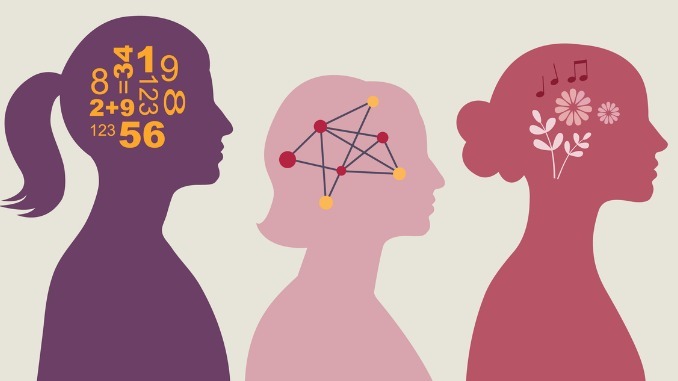
Despite advances in accessibility, creating supportive environments for individuals with invisible disabilities, both students and staff remains an ongoing challenge in schools. Here’s how school business leaders can effectively address these issues
Although we are making significant progress in creating accessible spaces for people with disabilities, statistics show that there still a long way to go in truly achieving optimal environments for those whose disabilities may not be obvious to see.
In the UK, one in five people live with a disability, however over three quarters of those are considered as ‘invisible’ conditions such as autoimmune diseases, ADHD, chronic pain, and diabetes. Alarmingly, fewer than 5% of employees feel empowered or comfortable disclosing their disabilities to their employers.
For school leaders, it is crucial to recognise the impact of invisible disabilities and work towards creating an inclusive environment for both students and staff. Since individuals with invisible disabilities might not always disclose their needs, it’s wise to assume that at least one member of your school community may require additional support or resources.
Identifying and providing the right accommodations can be challenging, as specific needs related to invisible disabilities may not always be obvious.
For example, some invisible disabilities can affect communication and may require alternative methods for delivering messages. School leaders might consider incorporating assistive technologies, such as touchpads or other communication aids, to better support students and staff with these needs.
Overcoming barriers
Helping schools identify and address potential barriers is crucial for creating an inclusive environment. These barriers can be physical—such as classroom layout and space utilisation; resource-based—such as the need for specialised equipment; or cultural—such as teaching methods that may not be inclusive.
Inclusive environments
One of the biggest challenges with invisible disabilities is the stigma associated with them. Traditional signage for accessible facilities often depicts only wheelchair users, which can overlook those with non-visible disabilities. Schools can benefit from adopting more inclusive signage that indicates accessibility for all types of disabilities, visible or not, including designs with large print fonts and multiple languages.
Creating a more inclusive environment in schools often involves thoughtful adjustments rather than significant investment. By implementing cost-effective strategies, such as flexible classroom equipment and inclusive signage, school leaders can make meaningful improvements in accommodating invisible disabilities.


Be the first to comment